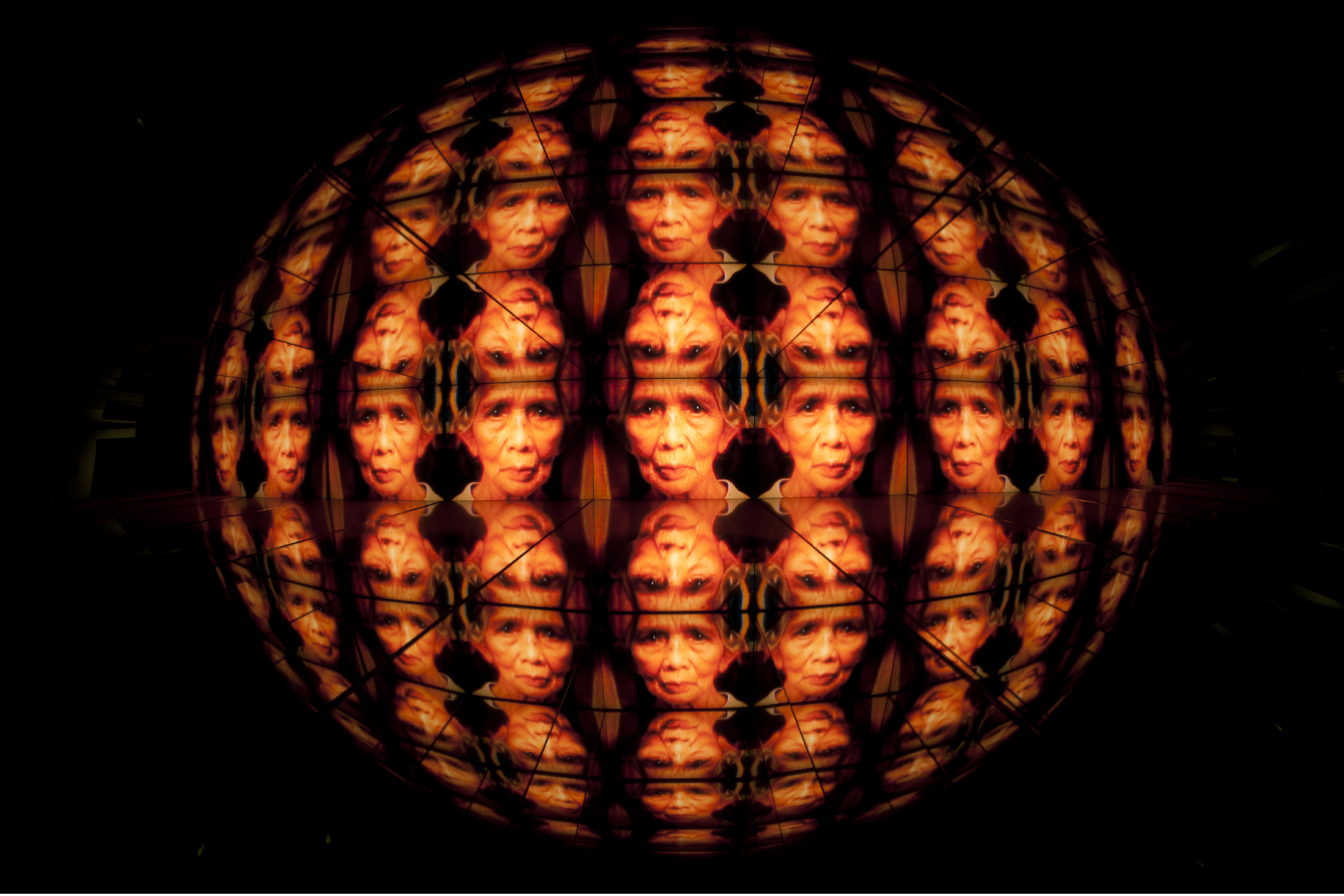
Senses of Time: Video and Film-Based Works of Africa – on view from Sept. 10 to Dec. 11 at the Ruth and Elmer Wellin Museum of Art – explores how time is experienced and produced by the human body. Figures stand, climb, dance and dissolve in nine works of video and film art by seven acclaimed contemporary African artists: Sammy Baloji, Jim Chuchu, Theo Eshetu, Moataz Nasr, Berni Searle, Yinka Shonibare MBE, and Sue Williamson. An opening reception will be held from 4 to 6 p.m. on Saturday, Sept. 10.
Currently on view at the Smithsonian’s National Museum of African Art and the Los Angeles County Museum of Art (LACMA), Senses of Time will see its largest iteration yet when it opens at the Wellin in September. The exhibition will feature an expanded body of work and additional artists, including two videos by Kenyan artist Jim Chuchu and a new edition of Theo Eshetu’s installation created specifically for the Wellin’s show.
Tracy L. Adler, Director of the Ruth and Elmer Wellin Museum of Art, explains, “At the Wellin, Senses of Time will have a profound impact on the Hamilton community. In the lead up to the exhibition, we have been working with faculty to integrate the exhibition into their coursework in a range of subjects and disciplines. Our close collaboration with the curators to make the Wellin’s iteration of the exhibition unique, and to create opportunities for [curators] Polly Roberts and Karen Milbourne to engage with the campus, is resulting in a stimulating dialogue around the social, personal, and political climate in Africa today. With its additional offerings and expansive interpretation of the exhibition, including a reflecting pool for Moataz Nasr’s work, the installation of the exhibition at the Wellin will be fresh and dynamic, allowing for new relationships between the works—as well as broader themes—to emerge.”
